For kicks, check out our FTC disclosure here. Updated Jul 2, 2025 ...
Basic Safety: How to Avoid Motorcycle Accidents
The need to avoid motorcycle accidents is a serious issue. In 2022, 6,218 motorcyclists died in crashes. They made up 15% of all traffic deaths, even though motorcycles are a small part of the vehicles on the road. Riding a motorcycle is about 22 times riskier than driving a car, says the National Highway Traffic Safety Administration (NHTSA).
Still, many people love the freedom and thrill of riding motorcycles. The good news is that most motorcycle accidents can be avoided with the right techniques, awareness and preparation.
Experienced motorcycle accident lawyers say that being prepared and making quick decisions can mean the difference between a close call and a serious crash. This guide gives expert advice on how to lower the risk of motorcycle accidents while still enjoying the ride.
Avoid Motorcycle Accidents: Rider Training & Skill Development
Training is key to motorcycle safety. Taking a motorcycle safety course is one of the best ways to become a safer rider. Once completed, more advanced courses offer next-level techniques, continually expanding a rider's ability.
The Motorcycle Safety Foundation (MSF) offers courses for all skill levels. Even experienced riders can benefit from refresher courses to sharpen their skills. NHTSA data shows that 35% of riders in fatal crashes were unlicensed, highlighting the need for proper training and licensing.
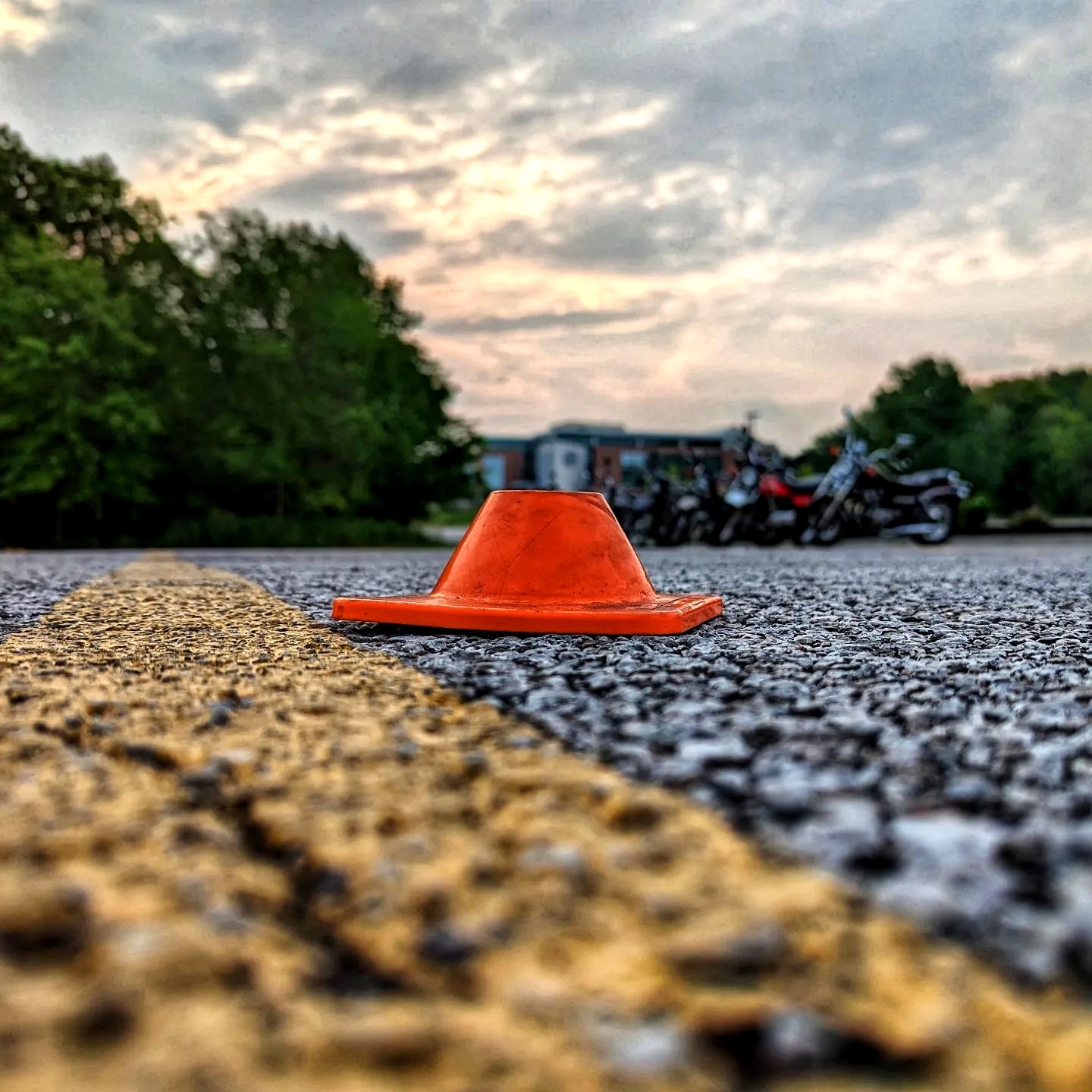
When learning to ride safely, focus on these skills:
- Emergency/threshold braking
- Swerving to avoid obstacles
- Low-speed maneuvering
- Proper cornering
- Quick stops
Practice these skills regularly in a safe place to build muscle memory for emergencies. Riding a motorcycle requires different skills than driving a car so specialized training is valuable.
If you're new to riding or returning after a break, taking a safety course is one of the best steps to prevent accidents. Many states offer licensing test waivers for those who complete approved courses.
Visibility & Defensive Riding Techniques
A major cause of motorcycle accidents is not being seen by other drivers. Many crashes happen because the car driver "didn't see" the motorcyclist.
To be more visible:
- Always ride with your headlight on, even during the day
- Wear bright or reflective clothing and a light-colored helmet
- Use reflective tape on your motorcycle and gear
- Local laws depending, consider using your high beam (during daylight hours) for extra visibility
- Use turn signals for all lane changes and turns
- Position yourself in the lane where you're most visible
- Flash your brake light when slowing or stopping
Defensive riding is also crucial. The MSF teaches the SEE strategy - Search, Evaluate, Execute - which means always looking for road hazards, assessing threats and making decisions early.
Assume other drivers can't see you and keep space around your motorcycle. Avoid staying in a driver's blind spot and don't ride directly next to a car if possible. When near larger vehicles, remember they may not see you or judge your speed correctly.
Keep a safe following distance to give yourself time to react. The "2-second rule" for cars should be 3-4 seconds for motorcycles and longer in bad conditions. This buffer can help you avoid a collision.
Lane positioning is important for defensive riding. Instead of staying in one spot, adjust your lane position based on traffic, road surface and visibility. This helps prevent accidents like being sideswiped when a car changes lanes.
Hazard Awareness & Avoidance
Road hazards that are minor for cars can be major for motorcyclists. Common hazards include:
- Gravel or sand on the road
- Oil slicks or fluid spills
- Uneven surfaces and potholes
- Railroad tracks and road seams
- Debris or objects in the road
- Expansion joints on bridges
- Wet or icy patches
Always scan the road ahead for dangers. Look far ahead to spot hazards early and give yourself time to react.
Intersections need special attention as many motorcycle accidents happen there. Left-turn accidents are common when drivers don't see a motorcycle or misjudge its speed. Approach intersections with caution, ready to brake or take evasive action if needed.
To avoid motorcycle accidents, always be prepared for sudden changes in traffic patterns, especially in busy urban areas.
Group riding has its own challenges. When riding with others, keep a staggered formation to give each rider room to move while staying together. Agree on hand signals before the ride and avoid competitive behaviors that could lead to a crash.
Protective Gear Essentials
In an accident, proper gear can mean the difference between minor injuries and serious trauma. The most important piece of safety equipment is the helmet.
Helmets reduce the risk of death by about 37% and head injury by about 67%. Despite this, 39% of motorcyclists killed in 2021 weren't wearing helmets. Always wear a DOT-compliant helmet (look for the "DOT" label) or even better, a helmet which meets Snell standards.
Other essential gear includes:
- Abrasion-resistant jacket and pants (leather or textile with armor)
- Full-fingered gloves for riding
- Over-the-ankle boots with non-slip soles
- Eye protection (if not using a full-face helmet)
- High-visibility elements for day and reflective materials for night
Some riders may skip gear in hot weather but modern mesh gear offers protection and airflow. Remember: "Dress for the slide, not for the ride."
Quality gear not only prevents injuries but also enhances comfort on long rides, reducing fatigue that can impair alertness and reaction time.
Avoid Motorcycle Accidents: Maintenance & Pre-Ride Checks
Mechanical failures can cause accidents even for skilled riders. Regular maintenance is essential for safe riding.
Before each ride, do a quick pre-ride check using the T-CLOCS method from the MSF:
T: Tires and wheels (pressure, tread, bearings)
C: Controls (levers, pedals, cables, hoses, throttle)
L: Lights and electrics (battery, signals, horn, switches)
O: Oil and other fluids (levels, leaks)
C: Chassis (frame, suspension, chain or belt)
S: Stands (center stand, side stand)
This check takes a few minutes but can find issues before they cause problems. Pay attention to tire pressure and tread, as tires are your only contact with the road.
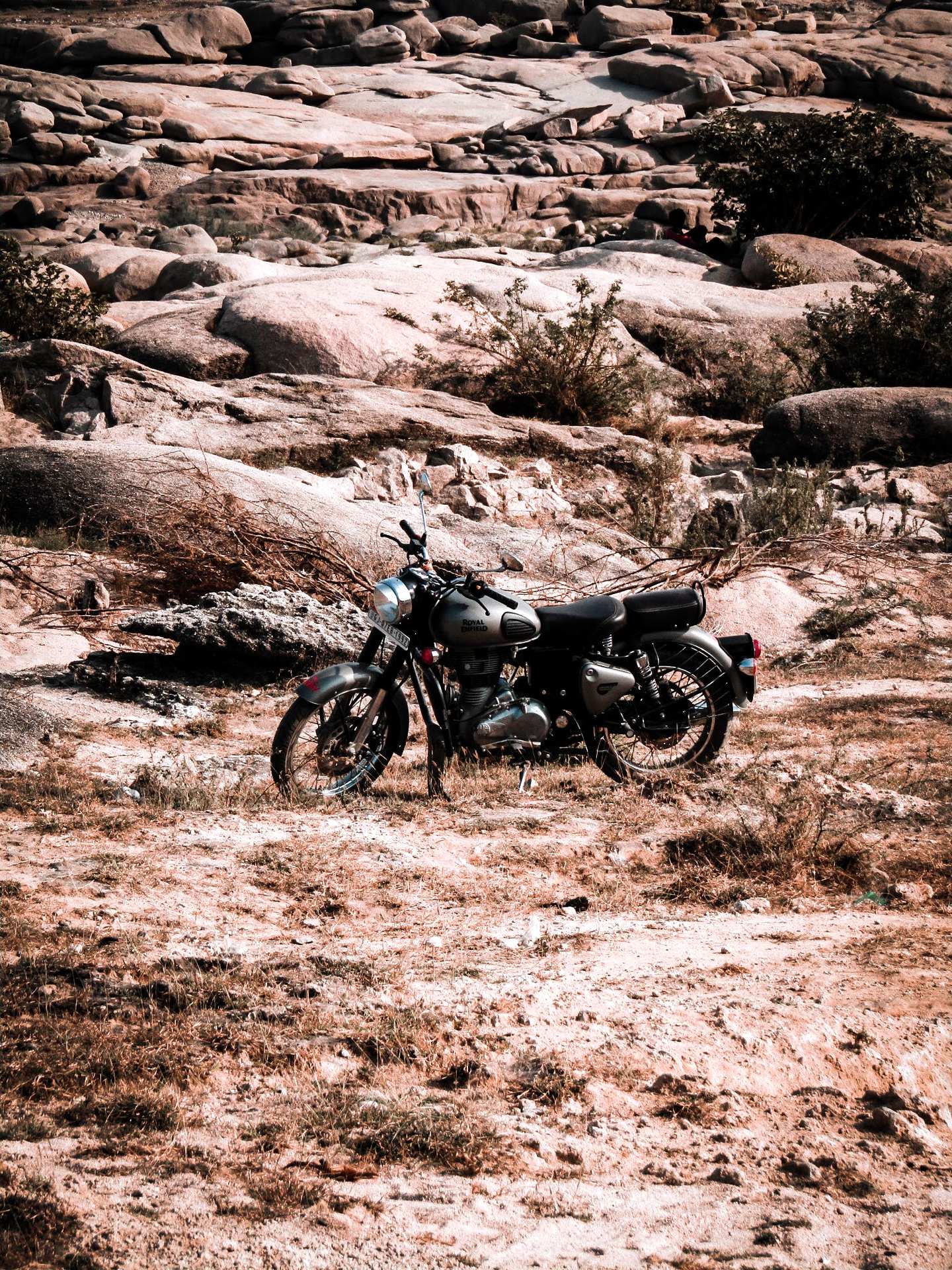
If riding a new or unfamiliar motorcycle, get to know its handling in a safe place before going into traffic. Every motorcycle is different and adapting to these differences is crucial for safety.
Weather & Environmental Riding Adjustments
Weather can greatly affect motorcycle handling and safety. In bad conditions:
- Rain: Slow down, avoid painted lines and metal surfaces, increase following distance and brake gently. The first 30 minutes of rain are especially dangerous as water mixes with road oils.
- Wind: Be ready for gusts, especially near large vehicles or in open areas. Keep a relaxed grip and be ready to counter-steer.
- Heat: Stay hydrated and take breaks. Heat exhaustion can impair judgment and reaction time.
- Cold: Dress warmly to prevent hypothermia, which affects coordination and decision-making. Consider heated gear for long cold rides.
- Night: Slow down to stay within your headlight's range. Depth perception and hazard detection are reduced at night.
Always adjust your speed based on conditions. Speed limits assume good conditions: rain, fog or darkness may require slower speeds for safety.
By understanding how to avoid motorcycle accidents, riders can make informed decisions that enhance their safety on the road.
Avoid Motorcycle Accidents: Ride Safe For The Long Haul
Motorcycle riding offers freedom and a connection to the road but it comes with responsibility. By using these safety practices, you can reduce your risk while enjoying the ride.
Safety is ongoing. Keep refreshing your skills, updating your gear and maintaining your motorcycle to keep everyone safe. Traffic safety benefits all road users, from motorcyclists to car drivers.
If you're injured in a motorcycle accident despite precautions, seek medical help and consider consulting with motorcycle accident lawyers. The skilled lawyers at Podor Law have experience helping motorcyclists after accidents and securing compensation for injuries.
Sources:
- NHTSA Traffic Safety Facts
- NHTSA Motorcycle Safety Program Technical Assessment
- GHSA Motorcycle Safety Policy
- NHTSA Motorcycle Safety
- NHTSA Countermeasures That Work
- MSF Rider Resources
- NHTSA Strategies to Increase Rider Conspicuity
- Georgia DDS Motorcycle License Information

What Techniques Do You Use To Avoid Motorcycle Accidents?
Rider training keeps getting better. What approach do you employ and why? Your input is invited. Leave a comment and/or write an article!

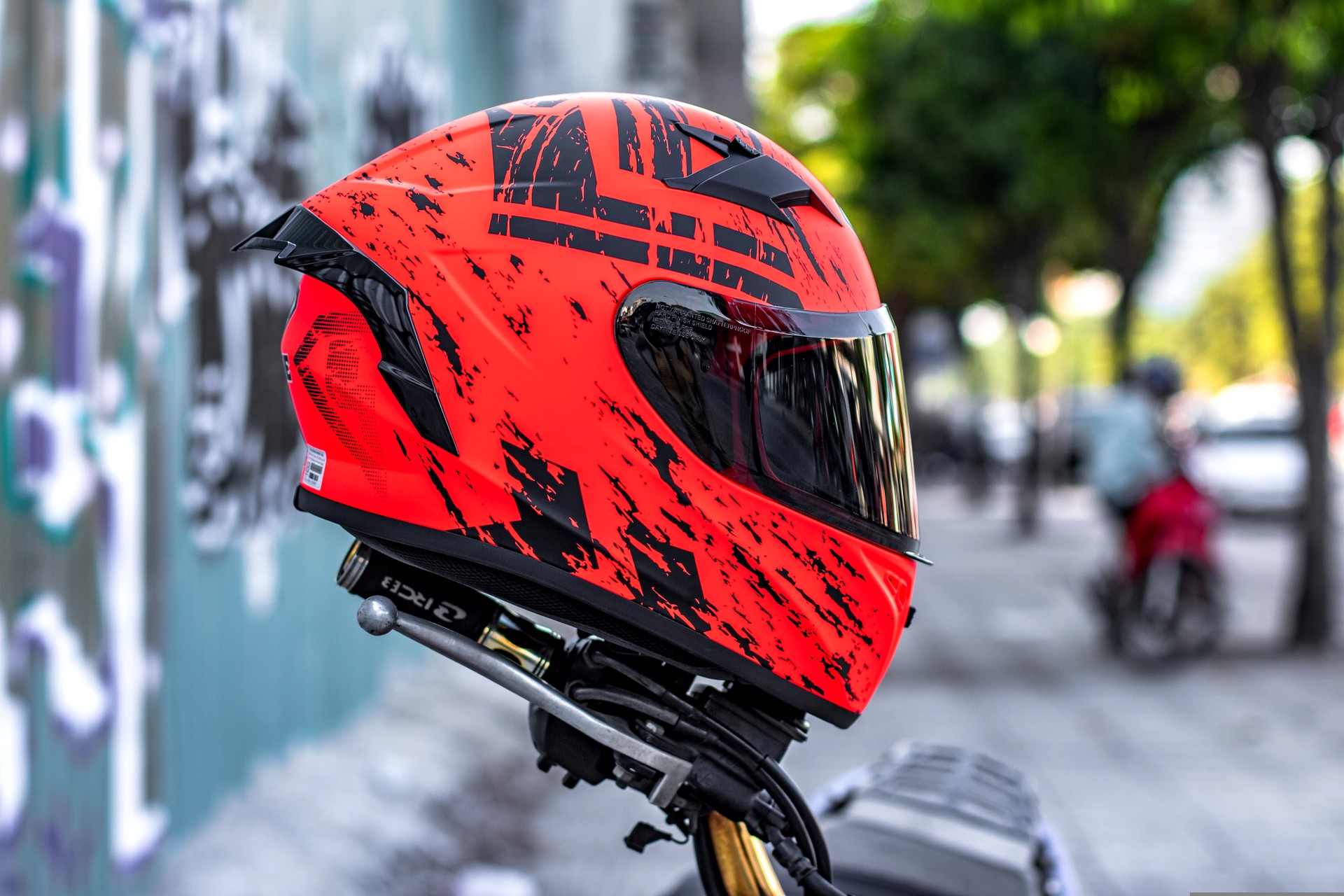
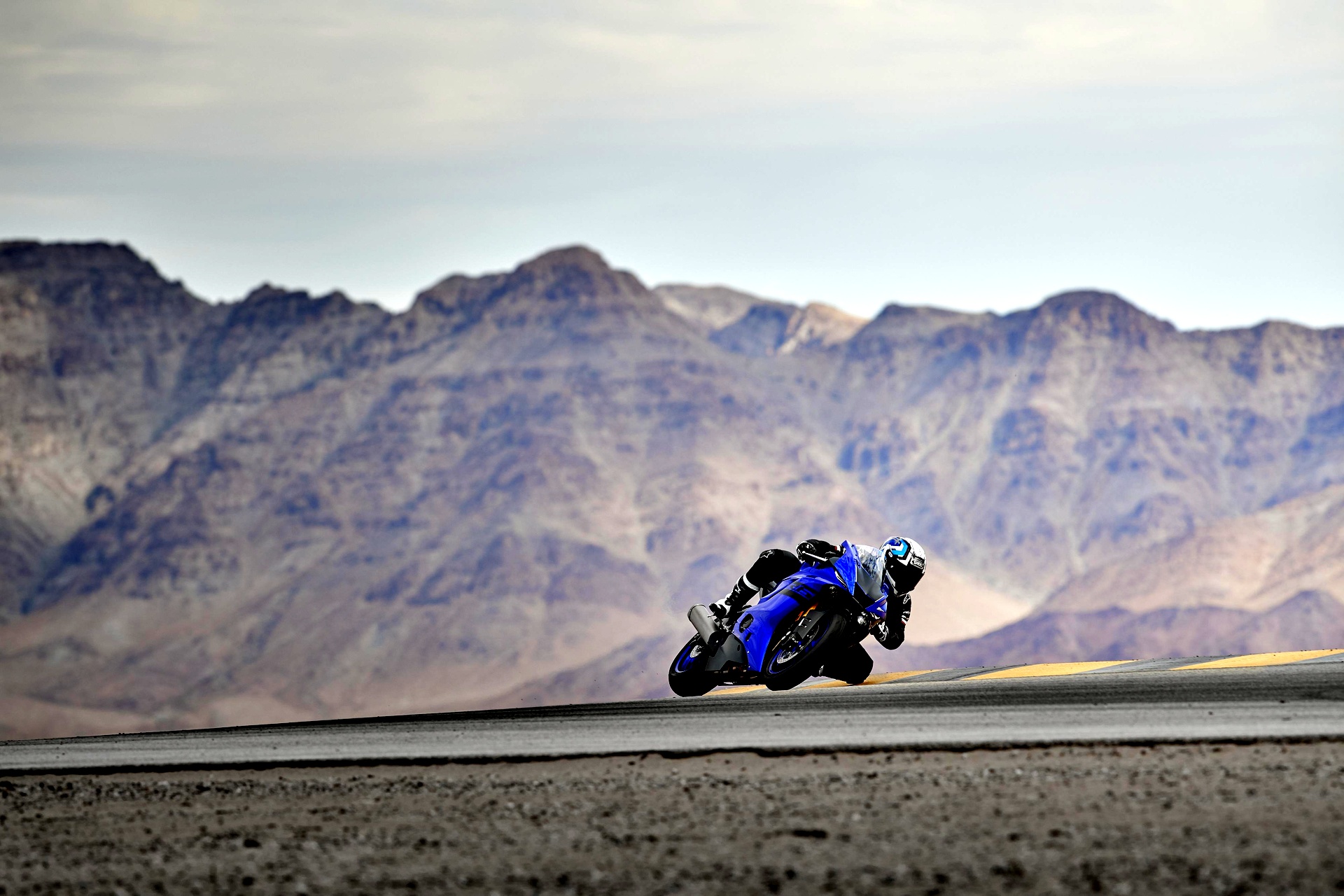
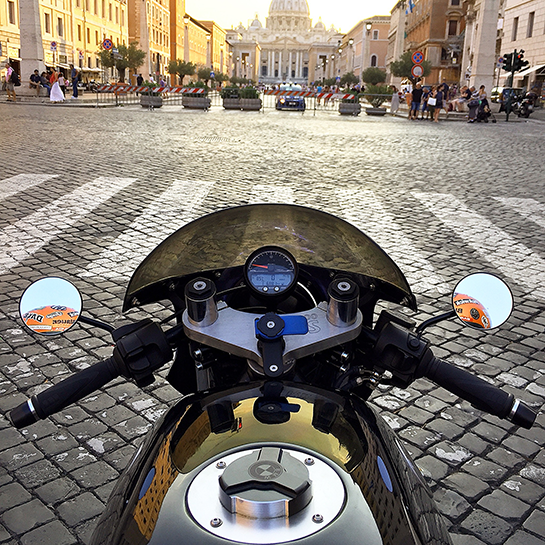



Thoughts gone wild? Write an article!